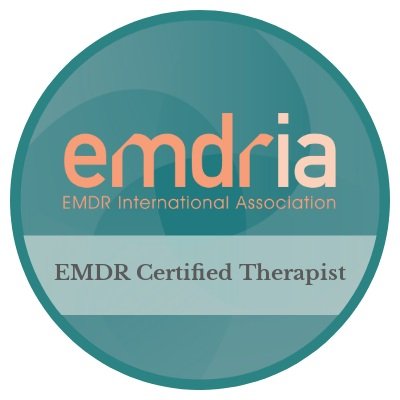EMDR
EMDR(Eye Movement Desensitization and Reprocessing) is a psychotherapy protocol that enables people to heal from the symptoms and emotional distress that are the result of traumatic life experiences. EMDR accomplishes this by utilizing the Adaptive Information Processing System(AIP) labeled by Francine Shapiro, which processes the multiple elements of our experiences and stores memories in an accessible and useful form. Memories are linked in networks that contain related thoughts, images, emotions, and sensations. Learning occurs when new associations are forged with material already stored in memory. When a traumatic or severely emotionally disturbing event occurs, information processing may be incomplete, sometimes because strong negative feelings may exceed an individuals capacity to cope with them at the time the experience occurred.
How ever great the pain, nothing can seemingly exceed our will to endure without our consent.
-Aaron Koba
This process can result in the symptoms seen in PTSD such as intrusive thoughts, emotional disturbance, and negative self-referencing beliefs. It is not only major traumatic events, or “large-T Traumas” that result in PTSD that can cause psychological disturbance. Sometimes an event thought to be relatively minor through the lens of adulthood that occurred in childhood, such as feeling like they didn’t fit in with one’s peers in school or being emotionally neglected by one’s primary caregivers, may not be adequately processed. Such “small-t traumas” may not cause someone to exhibit the typical symptoms for PTSD, but can result in the basis of more generalized behavior that actually ends up causing the perpetuation of the problem we wish we didn’t have.
Great gifts and unlimited potential along with the power to grant or deny ourselves access to these things exists within us all .
-Aaron Koba



